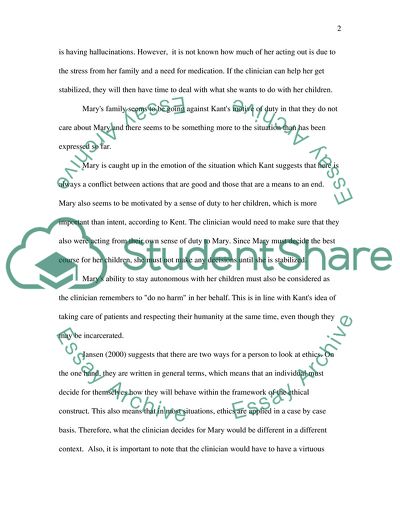Cite this document
(The Case of Mary Study Example | Topics and Well Written Essays - 2000 words, n.d.)
The Case of Mary Study Example | Topics and Well Written Essays - 2000 words. https://studentshare.org/ethics/1740845-foundations-and-ethical-reasoning
The Case of Mary Study Example | Topics and Well Written Essays - 2000 words. https://studentshare.org/ethics/1740845-foundations-and-ethical-reasoning
(The Case of Mary Study Example | Topics and Well Written Essays - 2000 Words)
The Case of Mary Study Example | Topics and Well Written Essays - 2000 Words. https://studentshare.org/ethics/1740845-foundations-and-ethical-reasoning.
The Case of Mary Study Example | Topics and Well Written Essays - 2000 Words. https://studentshare.org/ethics/1740845-foundations-and-ethical-reasoning.
“The Case of Mary Study Example | Topics and Well Written Essays - 2000 Words”. https://studentshare.org/ethics/1740845-foundations-and-ethical-reasoning.


